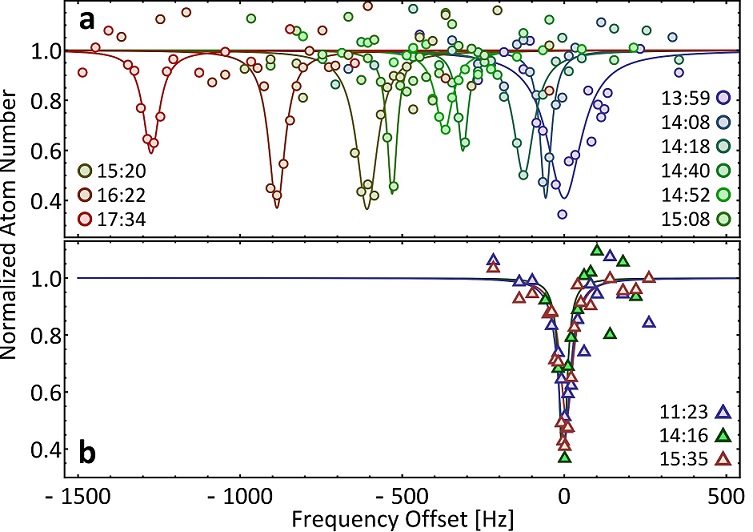 |
Global Positioning System (GPS) dissemination of frequency standards is ubiquitous at present, providing the most widespread time and frequency reference for the majority of industrial and research applications worldwide. On the other hand, the ultimate limits of the GPS presently curb further advances in high-precision, scientific and industrial applications relying on this dissemination scheme. Here, we demonstrate that these limits can be reliably overcome even in laboratories without a local atomic clock by replacing the GPS with a 642-km-long optical fiber link to a remote primary caesium frequency standard. Through this configuration we stably address the 1S0 → 3P0 clock transition in an ultracold gas of 173Yb, with a precision that exceeds the possibilities of a GPS-based measurement, dismissing the need for a local clock infrastructure to perform beyond-GPS high-precision tasks. We also report an improvement of two orders of magnitude in the accuracy on the transition frequency reported in literature. C. Clivati et al., |


Two electrons are better than one... In the Yb lab we produce Bose-Einstein condensates and degenerate Fermi gases of ytterbium atoms. These atoms offer metastable electronic states, ultranarrow clock transitions, multicomponent fermions with SU(N) interactions: a whole range of experimental tools that allow new possibilities for quantum simulation and quantum information processing.
